Dishwater Holds No Images
Troy Montes Michie
Feb24–Apr242022
In his second solo show Dishwater Holds No Images at Company Gallery, Troy Montes Michie builds on his interventionist collage practice with a series of work that weaves in the subcultural figure of ‘La Pachuca.’ This body of work is a development of the artist’s investigation into the ‘zoot suit’ -- a countercultural fashion statement from the 1930s that can be traced to swing musician Cab Calloway and the jazz scenes of Harlem, but was adopted by Chicanos and even sampled by the Japanese Americans incarcerated in U.S. internment camps of the 1940s. In a marked turn to the feminine, Montes Michie locates the subversive expression against gender norms in the zoot suit’s characteristically draped and oversized quality among the era’s working class Mexican-American women styled with bouffant hairstyles and dark lipstick.
Most depictions of women in the work are manipulated images of white models from ads in a 1970s Montgomery Ward catalog -- the now bankrupt retail store once prevalent in many Texas border-towns. He’s browned their skin-tone and painted on coiffed hairstyles, billowing slacks, and the fingertip coats. He interrupts his works’ layered surfaces by sewing seams into paper that’s been woven, coated with glue and paint, and marked with lines of tailor’s chalk. Catherine S. Ramirez in her book The Woman in the Zoot Suit says that the pachuca’s masculine style and tough attitude was considered an affront to femininity and Americanism. “By appearing to betray gender norms during wartime, pachucas, many of whom were the bilingual and bicultural children of immigrants, seemed to betray the nation as well.” One can begin to see the inversion of value in this context as Montes Michie’s projects the pachuca likeness onto these vintage ads that highlight an idealized version of “American,” feminine beauty.
Though the pachuca and zoot suit or ‘el tacuche’ features heavily in the show as a gendered symbol for a spectrum of rebellion within the United States, it’s also a tool in a search for evidence related to the nature of identity. Pieces like diagrams stitch together chaotic points of reference in an effort to decipher a disparate collection of archival remnants. It feels like Montes Michie is chasing a silent ancestor removed, especially with the piece ‘Ramona.’ The outlined image of a Chicana garment worker photographed in a zoot suit in 1943 named Ramona Fonseca becomes a blueprint for our projections. Ramona’s abstracted form is now the baseline pattern from which to be layered, sampled, and inserted into a new narrative.
Familiar with his own matriarchal family, Montes Michie draws in this Chicana hard-femme archetype as one that has largely been omitted from official accounts of zoot history. Like with other bodies of his work, the heavy presence of Montes Michie’s hand, positions the artist as the interlocutor into this sidelined history.
-Barbara Calderón
Selected Works

Troy Montes Michie
Pareja,
2022
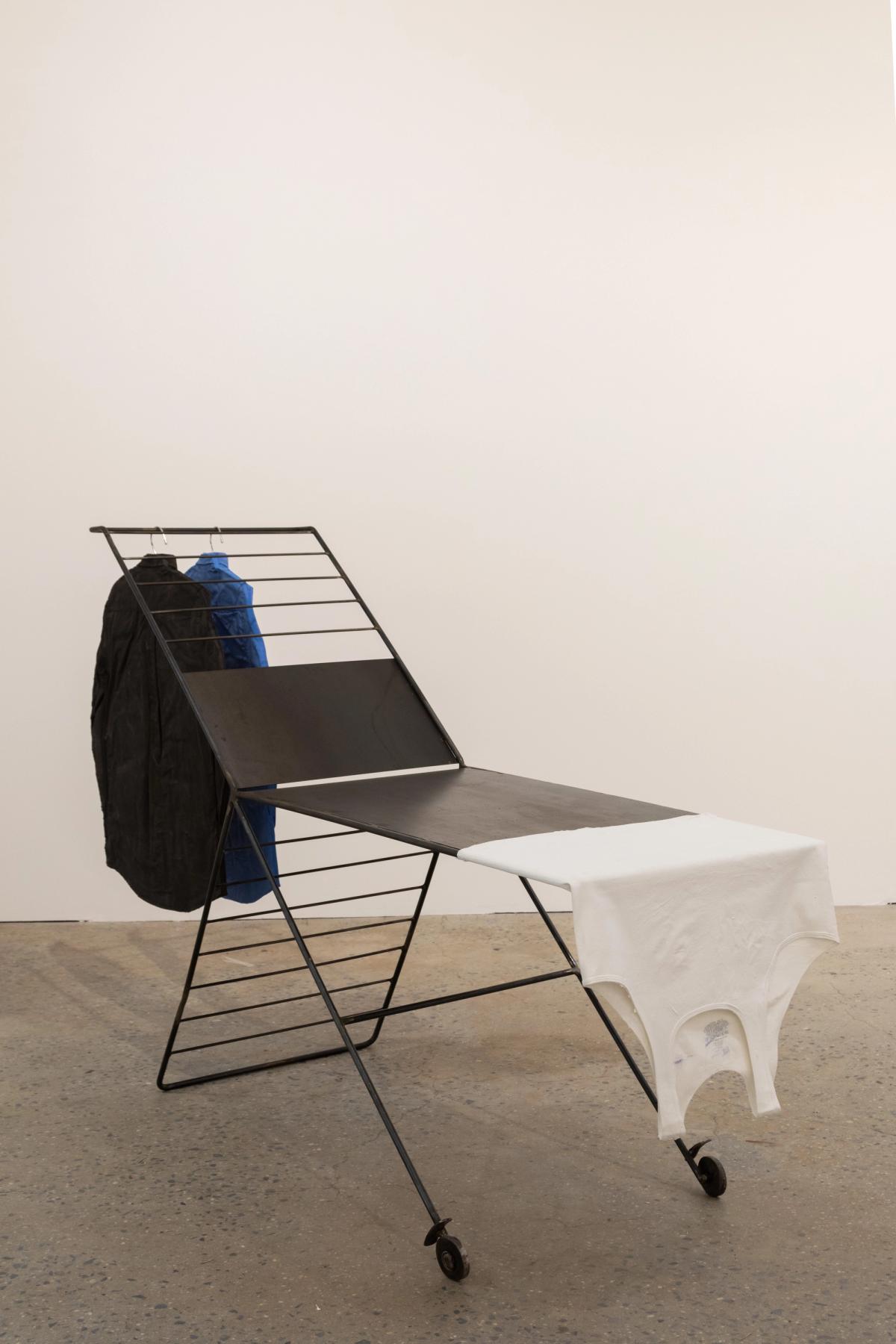
Troy Montes Michie
Hung Out To Dry #4,
2021
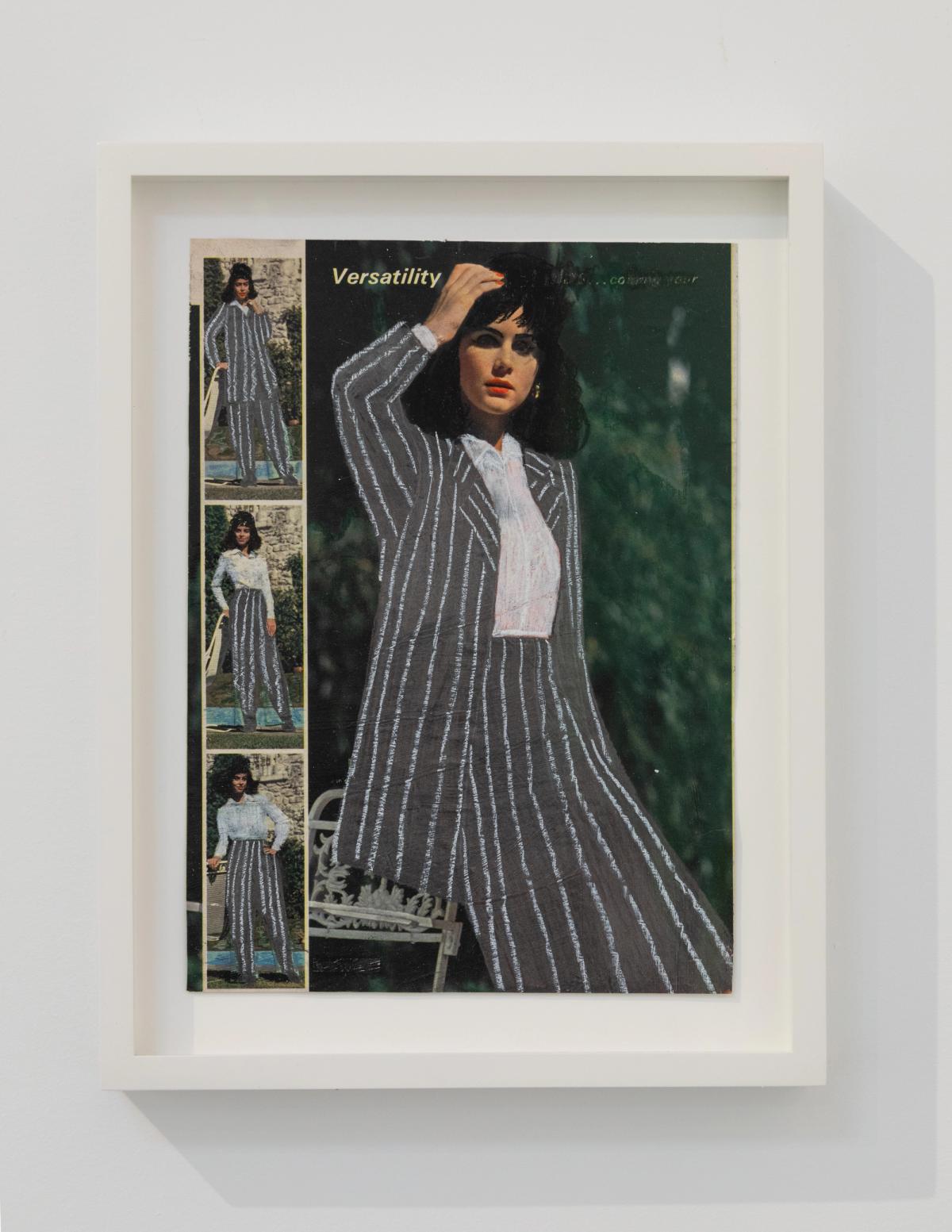
Troy Montes Michie
Versatility,
2022
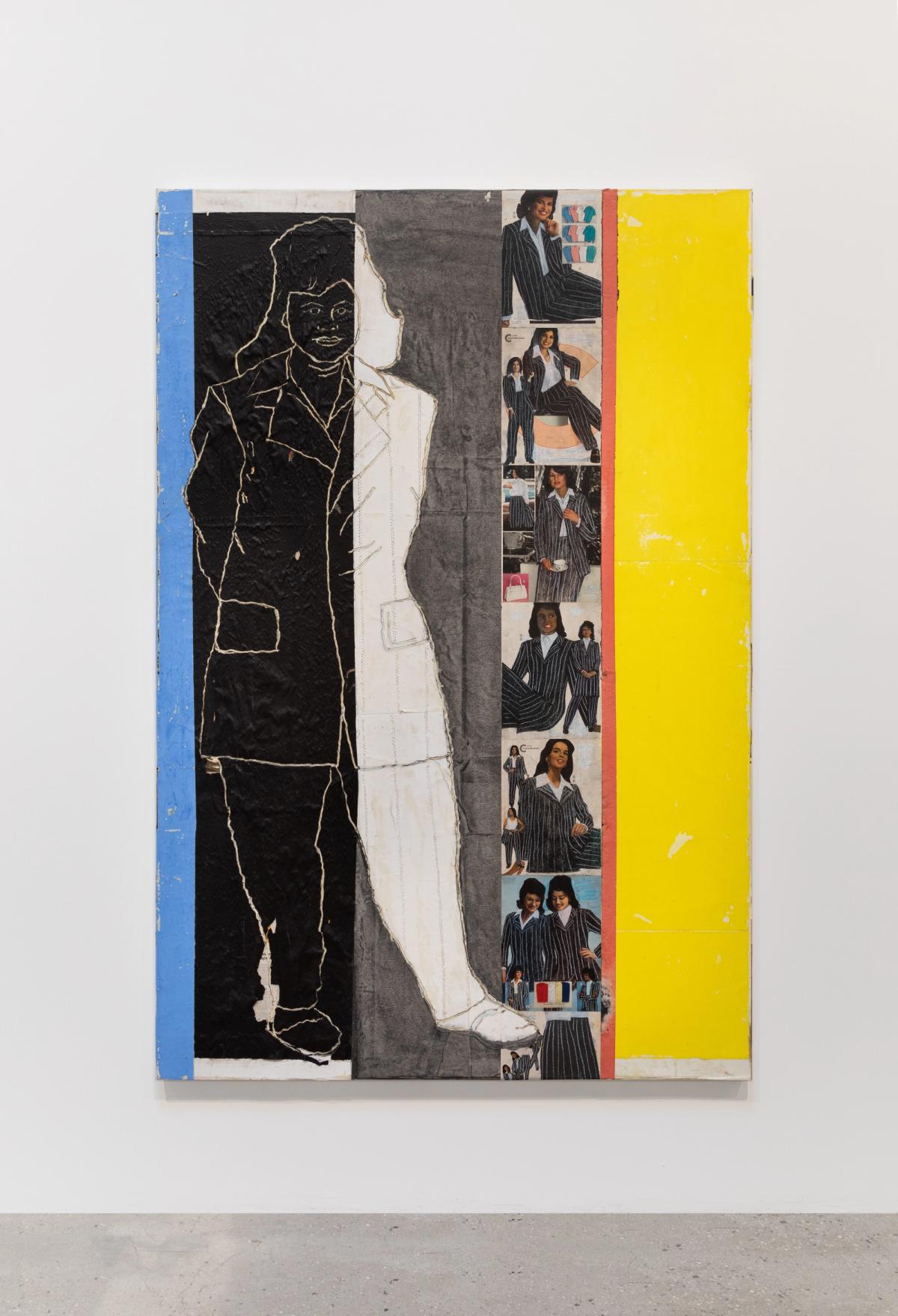
Troy Montes Michie
Ramona (La Pachuca),
2022
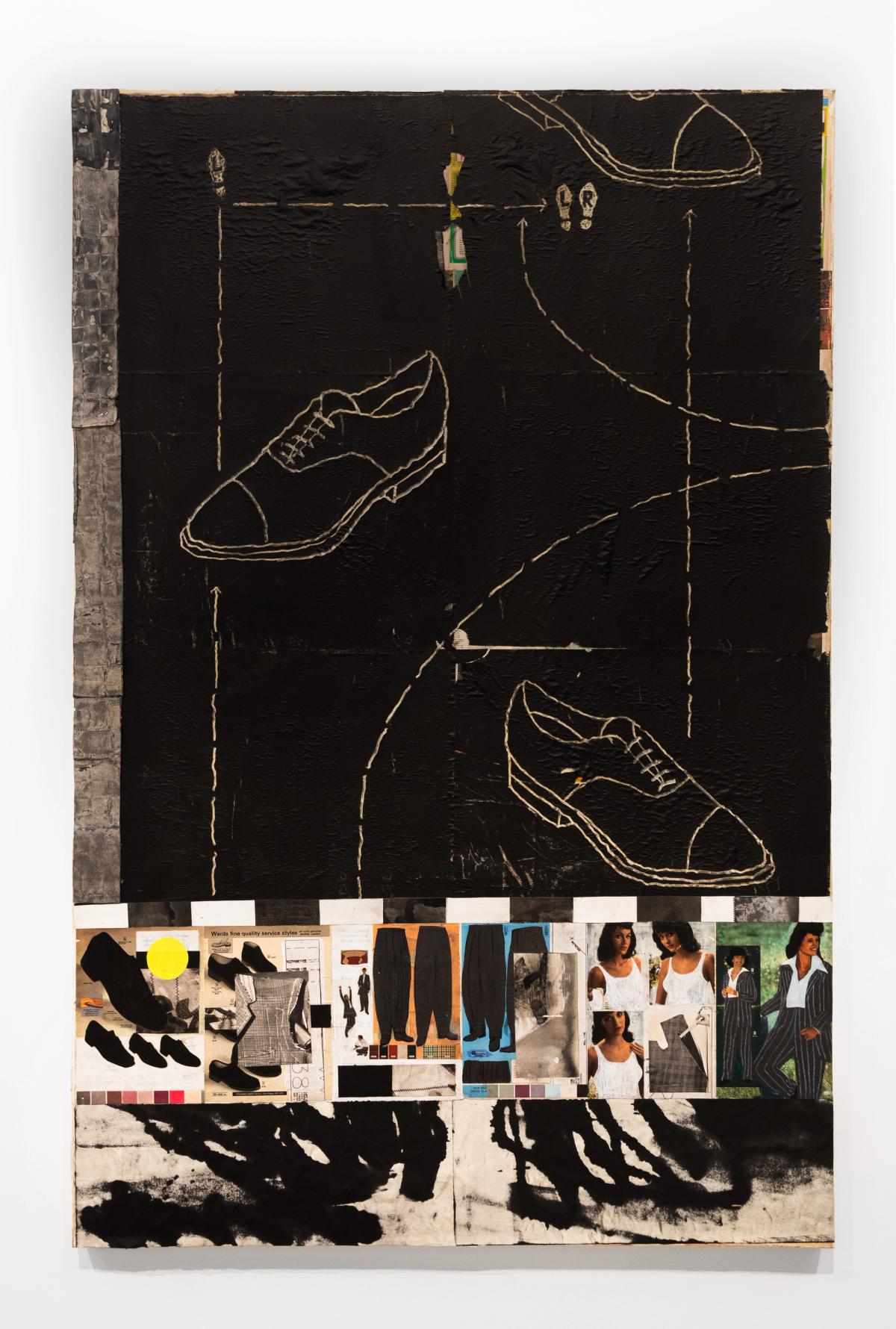
Troy Montes Michie
Nada Se Mueve, Como Yo,
2022

Troy Montes Michie
Sometimes I Only See the Other River on your Face,
2022

Troy Montes Michie
Hung Out to Dry #6,
2021
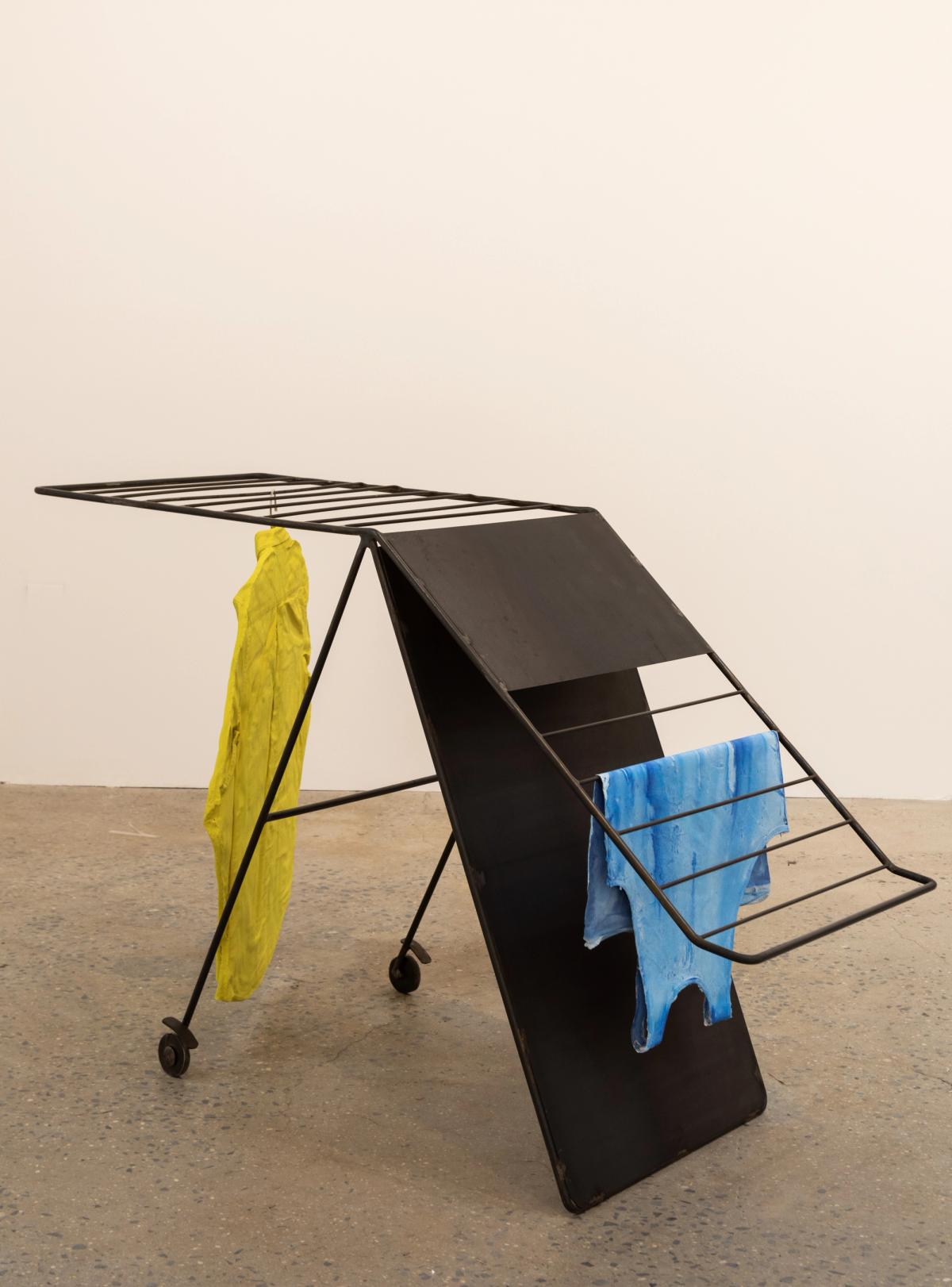
Troy Montes Michie
Hung Out To Dry #7,
2021
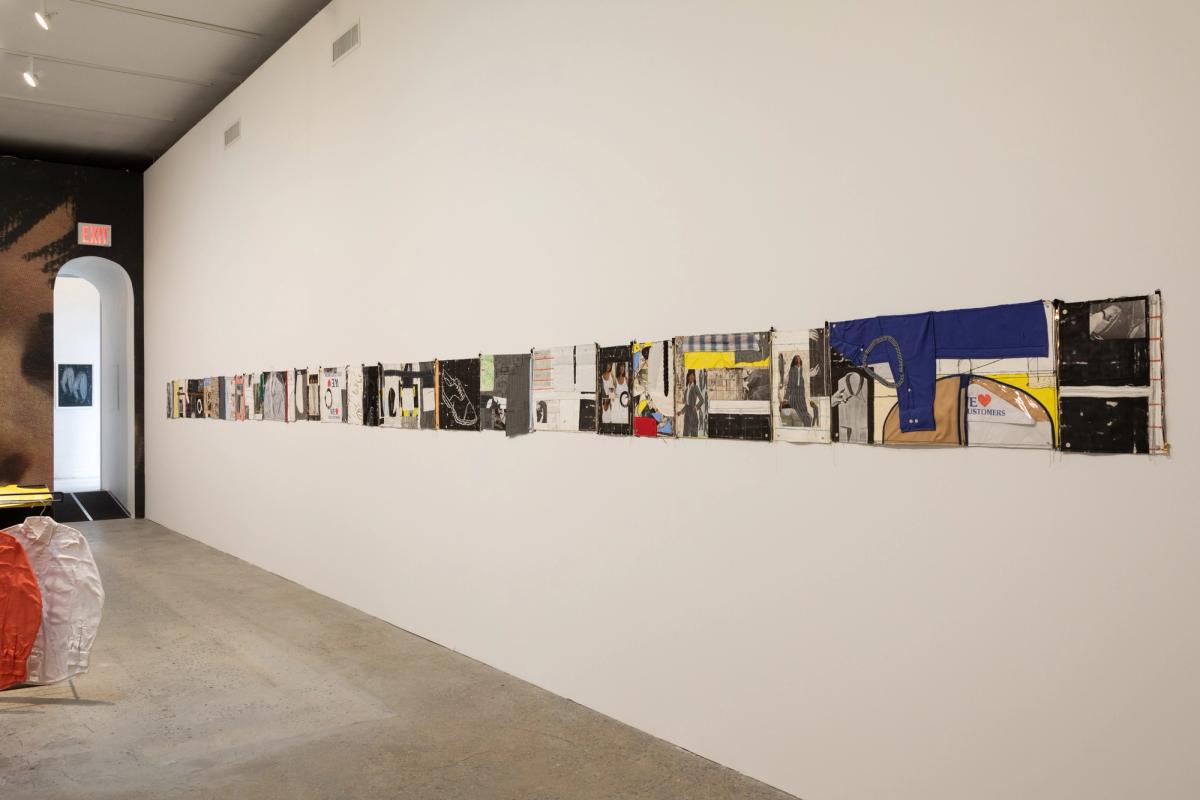
Troy Montes Michie
Was the Beautiful Woman in the Mirror of the Water You or Me?,
2022
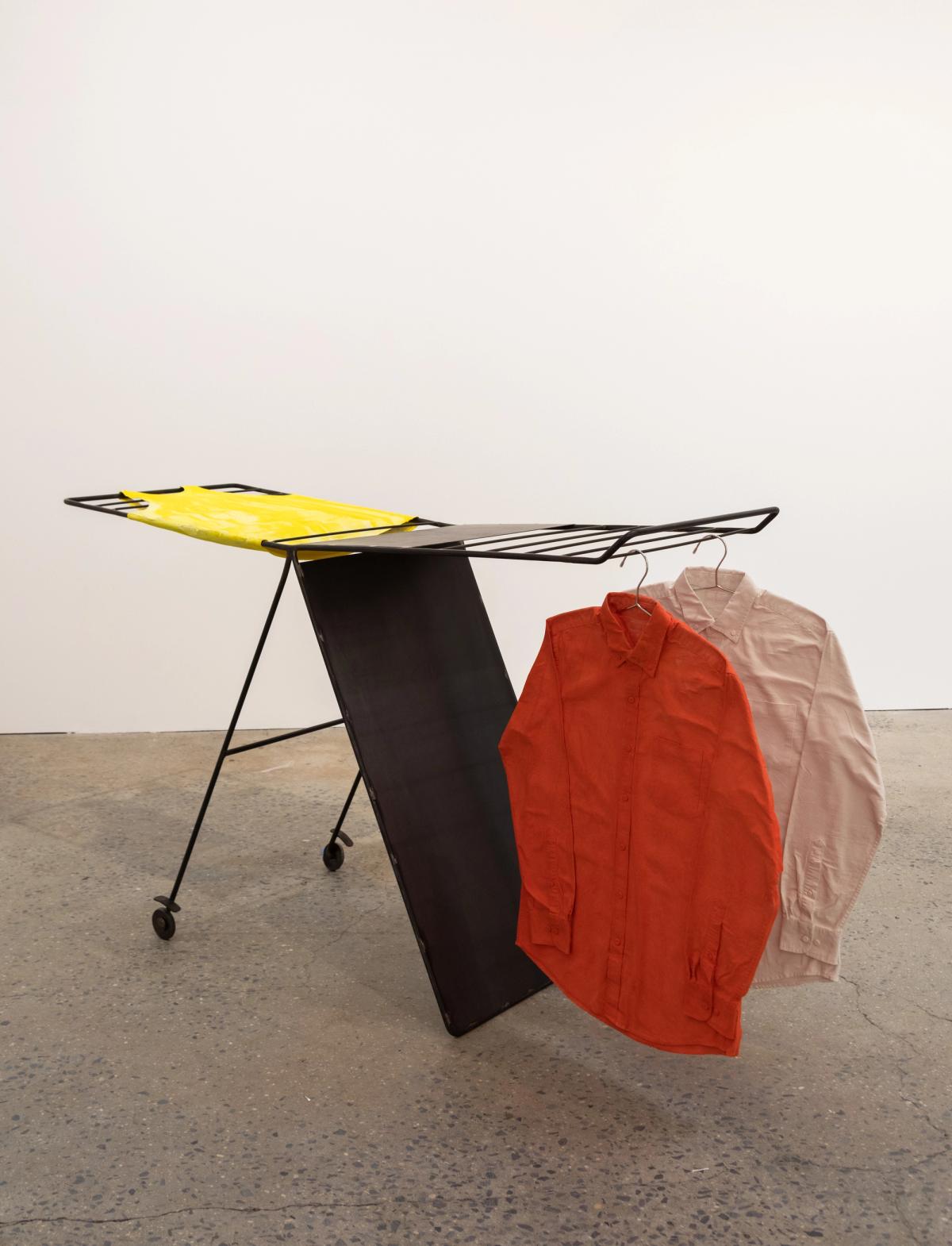
Troy Montes Michie
Hung Out To Dry #5,
2021
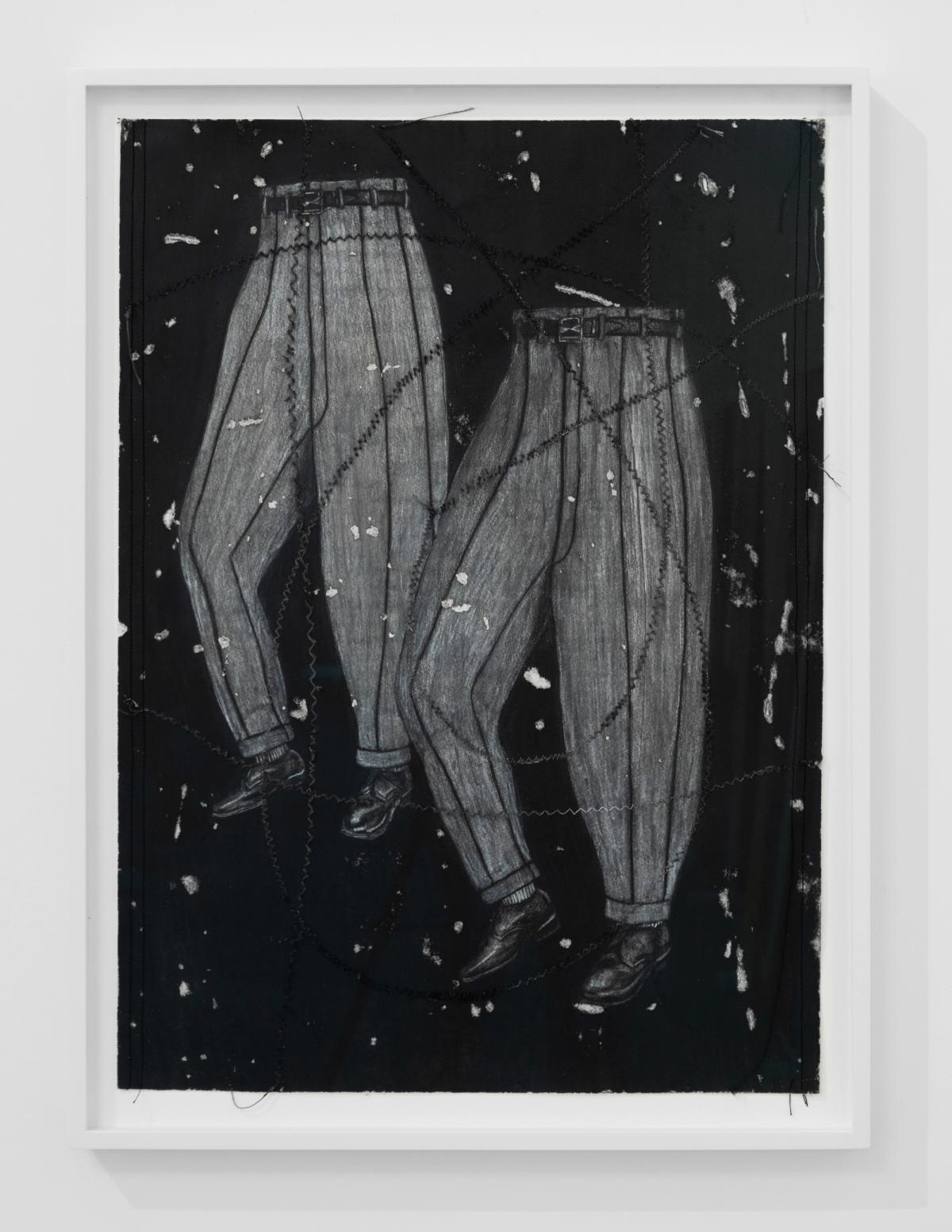
Troy Montes Michie
Jitterbugs,
2022
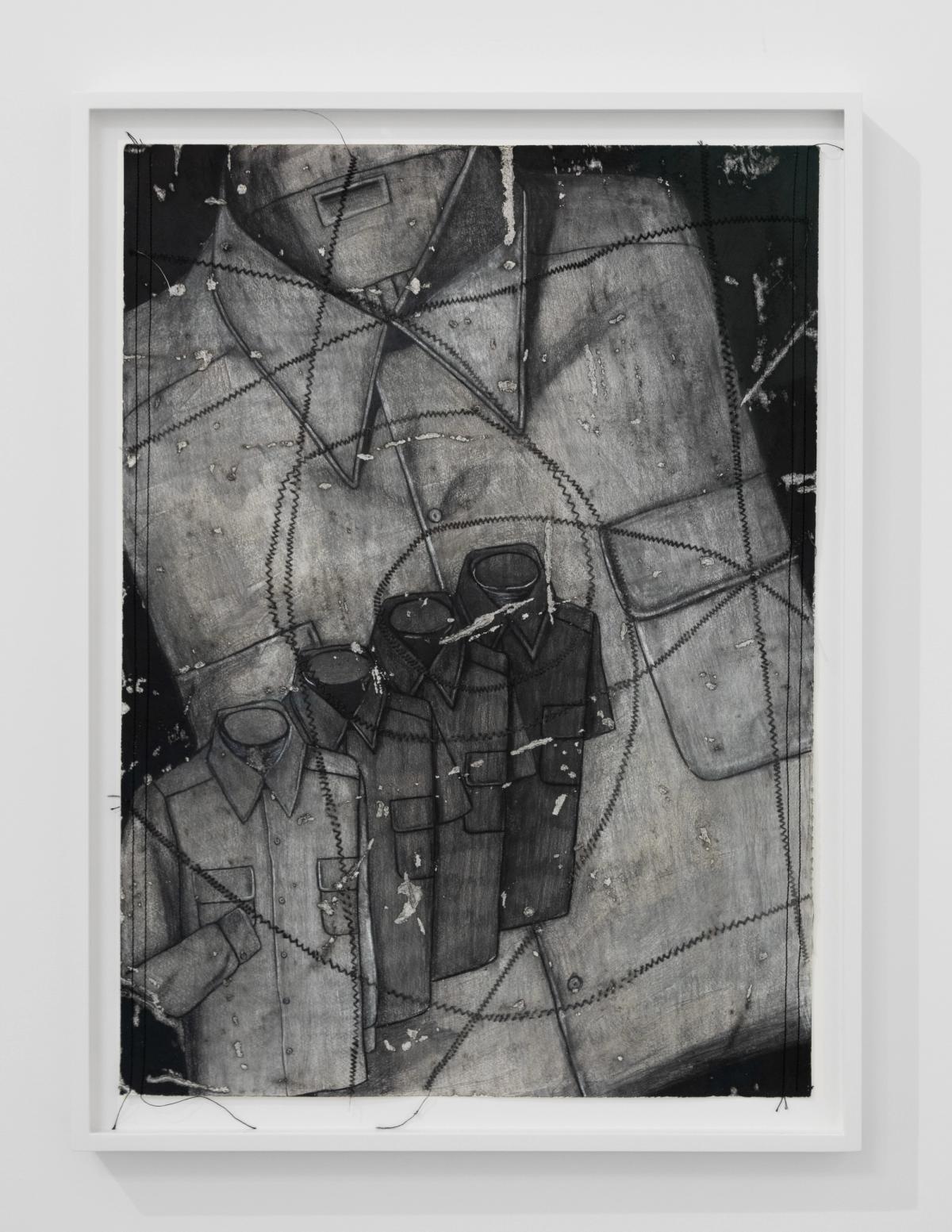
Troy Montes Michie
Lisas,
2022

Troy Montes Michie
Lisa y Corbatas,
2022
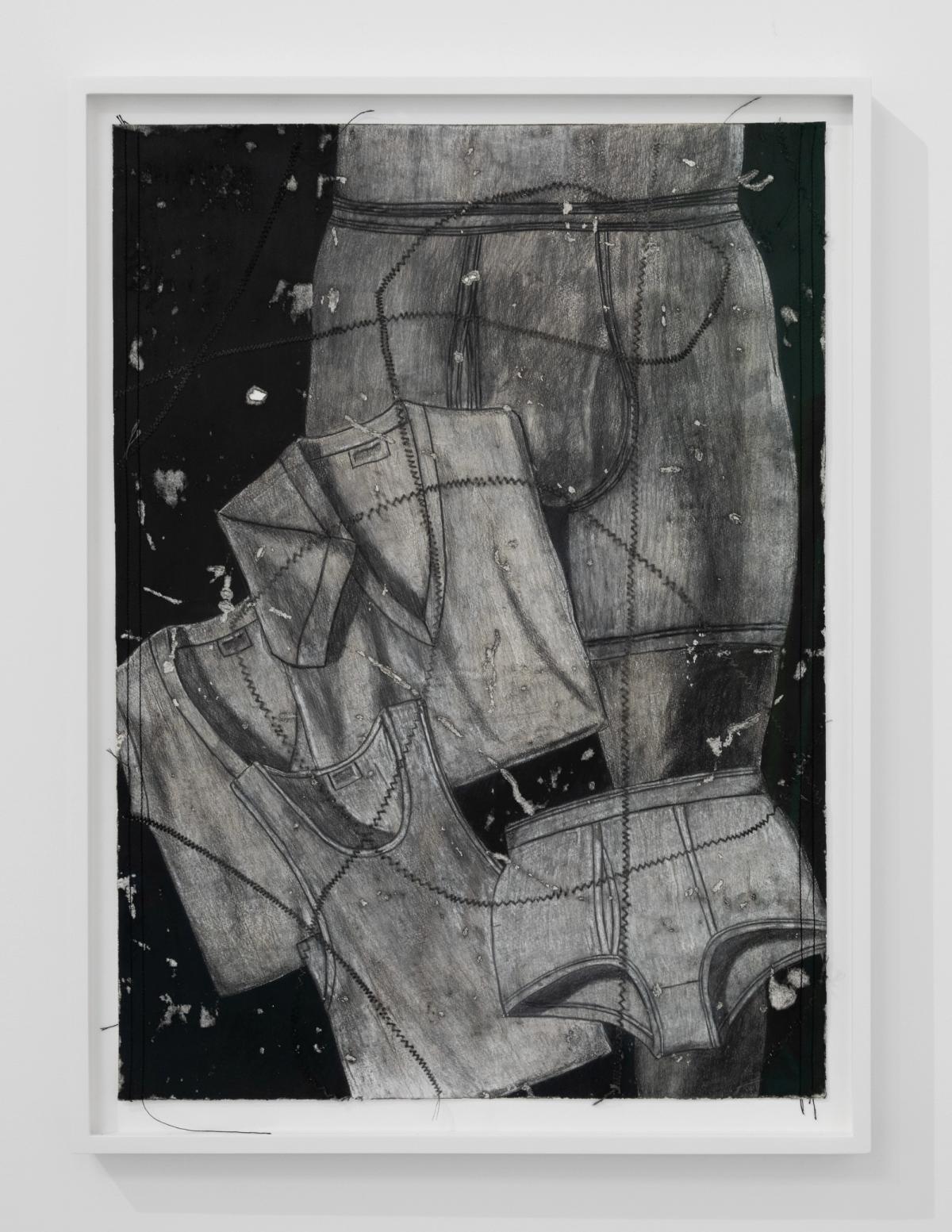
Troy Montes Michie
Camisetas y Chonies,
2022

Troy Montes Michie
Drapes,
2022
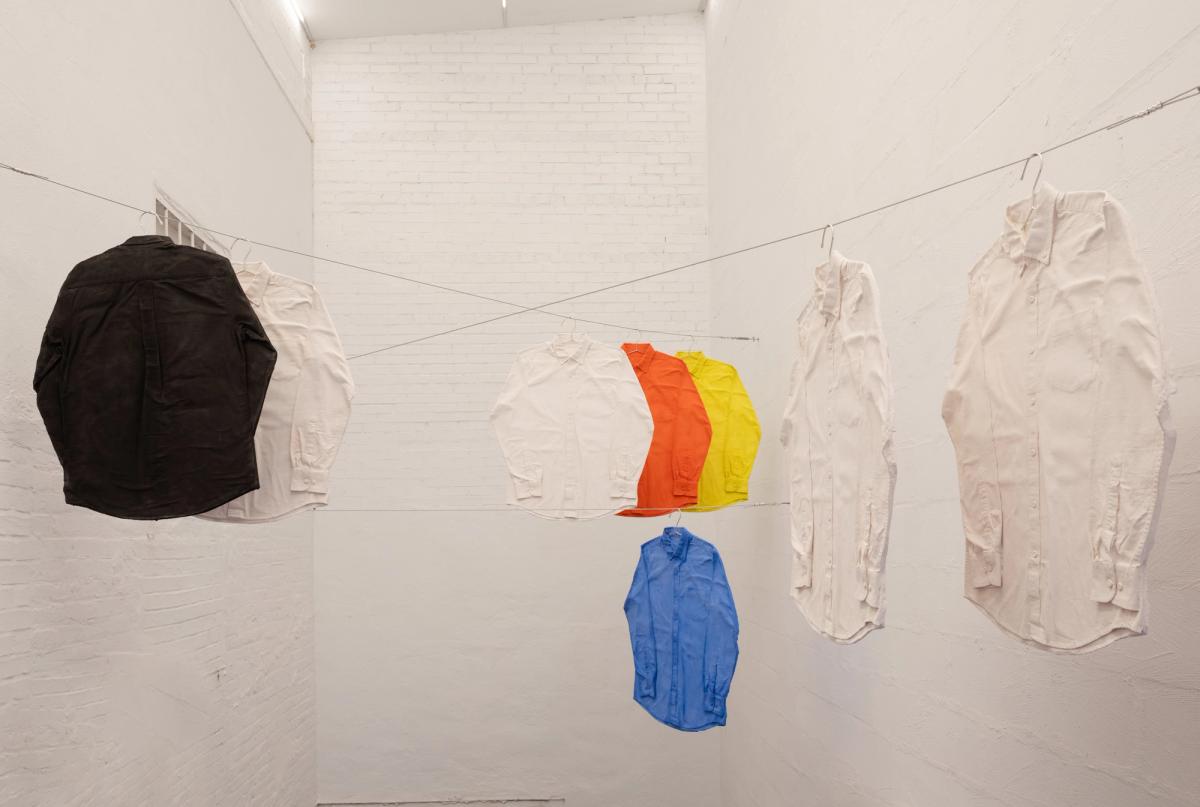
Troy Montes Michie
Amanecer o Atardecer,
2022

Troy Montes Michie
Eye Was Bowl of Blood,
2021